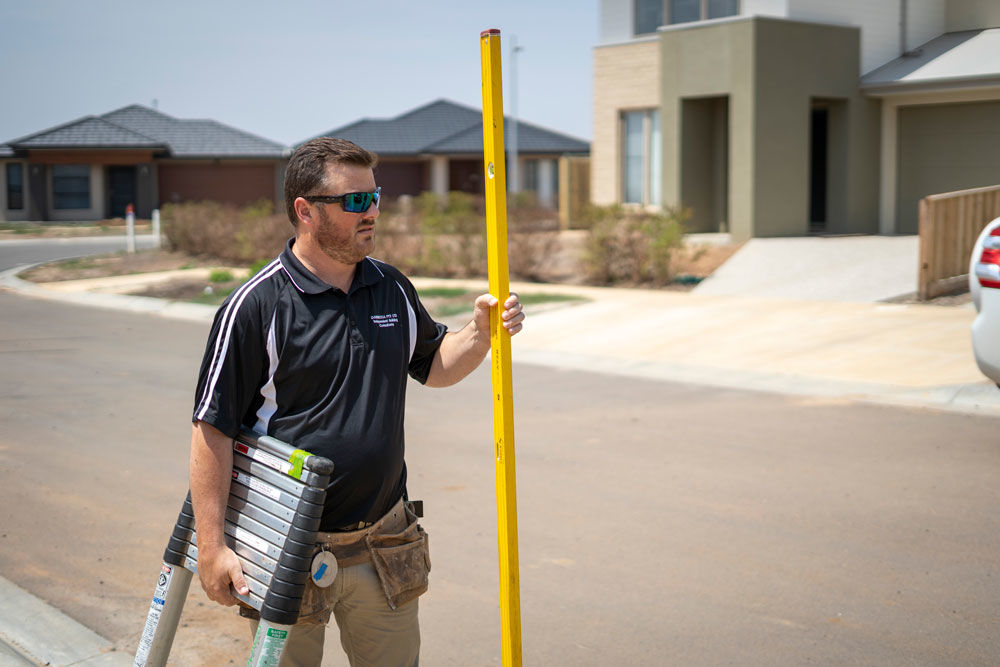The Critical Role of Waterproofing in Building Integrity: Internal & External Considerations
Waterproofing is a crucial yet often overlooked component of building construction. While it may account for just 2-3% of a building�s total costs, waterproofing defects are responsible for nearly 80% of building-related issues. The consequences of waterproofing failures are severe, leading to structural damage, safety hazards, and costly repairs. This article explores the significance of internal and external waterproofing, the potential repercussions of failures, and the critical role that independent building consultants play in ensuring proper waterproofing is conducted and assessed.
Internal Waterproofing: Protecting Wet Areas
Internal waterproofing is essential for areas exposed to frequent moisture, such as bathrooms, laundries, and kitchens. The 2021 version of AS 3740-2021 (�Waterproofing of Wet Areas within Residential Buildings�) provides strict guidelines on ensuring these spaces remain watertight. Failure to comply can result in water ingress, mould growth, and structural damage.
Key considerations for internal waterproofing include:
- Proper Substrate Preparation: The surface must be compatible with the waterproofing membrane to allow for effective bonding.
- Correct Drainage Falls: Water should be directed to floor drains with a minimum fall of 1:100 per AS 3740, though NCC 2022 mandates 1:80 in liveable housing provisions.
- Sealing of Junctions & Penetrations: Areas where walls meet floors and where pipes pass through must be properly sealed to prevent leaks.
- High-Quality Waterproofing Materials: Using a system-compliant waterproofing membrane rather than a patchwork approach is critical to long-term success.
External Waterproofing: Defending Against the Elements
External waterproofing is just as vital, as it protects the building from weather-related water damage. The AS 4654.1 (Materials) and AS 4654.2 (Design & Application) standards ensure that external waterproofing is carried out with suitable materials and installation methods.
Key factors for external waterproofing include:
- Substrate & Membrane Compatibility: The surface must be adequately prepared to bond with the waterproofing membrane.
- Drainage & Water Flow Management: Properly designed falls prevent water from pooling on balconies, terraces, and rooftops.
- Membrane Termination: The edges of the membrane must be correctly sealed to prevent water from penetrating behind it.
- Sealing of Penetrations: Any openings for pipes, cables, or other services must be securely sealed.
- UV & Chemical Resistance: External membranes must withstand exposure to the elements, harsh weather conditions, and environmental factors like salt air.
The Consequences of Waterproofing Failures
When waterproofing fails, the implications can be devastating. A Victorian Building Authority (VBA) report found that nine out of ten building insurance claims involved at least one water-related defect. Additionally, 71% of defective balconies assessed by Cladding Safety Victoria had insufficient waterproofing. The key risks include:
- Structural Damage: Water infiltration weakens building materials, leading to issues like rotting timber and deteriorating concrete.
- Concrete Cancer: When steel reinforcements in concrete are exposed to moisture, they corrode and expand, causing cracks and structural failure.
- Health Hazards: Mould growth from moisture intrusion can cause respiratory issues and other health problems.
- Uninhabitability: Severe damage may render a property unsafe to live in, leading to major repair costs and financial losses.
Why Only Independent Building Consultants Inspect Waterproofing
Despite the critical importance of waterproofing, only independent building consultants like Darbecca conduct waterproofing stage inspections. The relevant building surveyor (RBS) does not assess waterproofing quality in domestic buildings, meaning issues often go unnoticed until they become severe problems.

